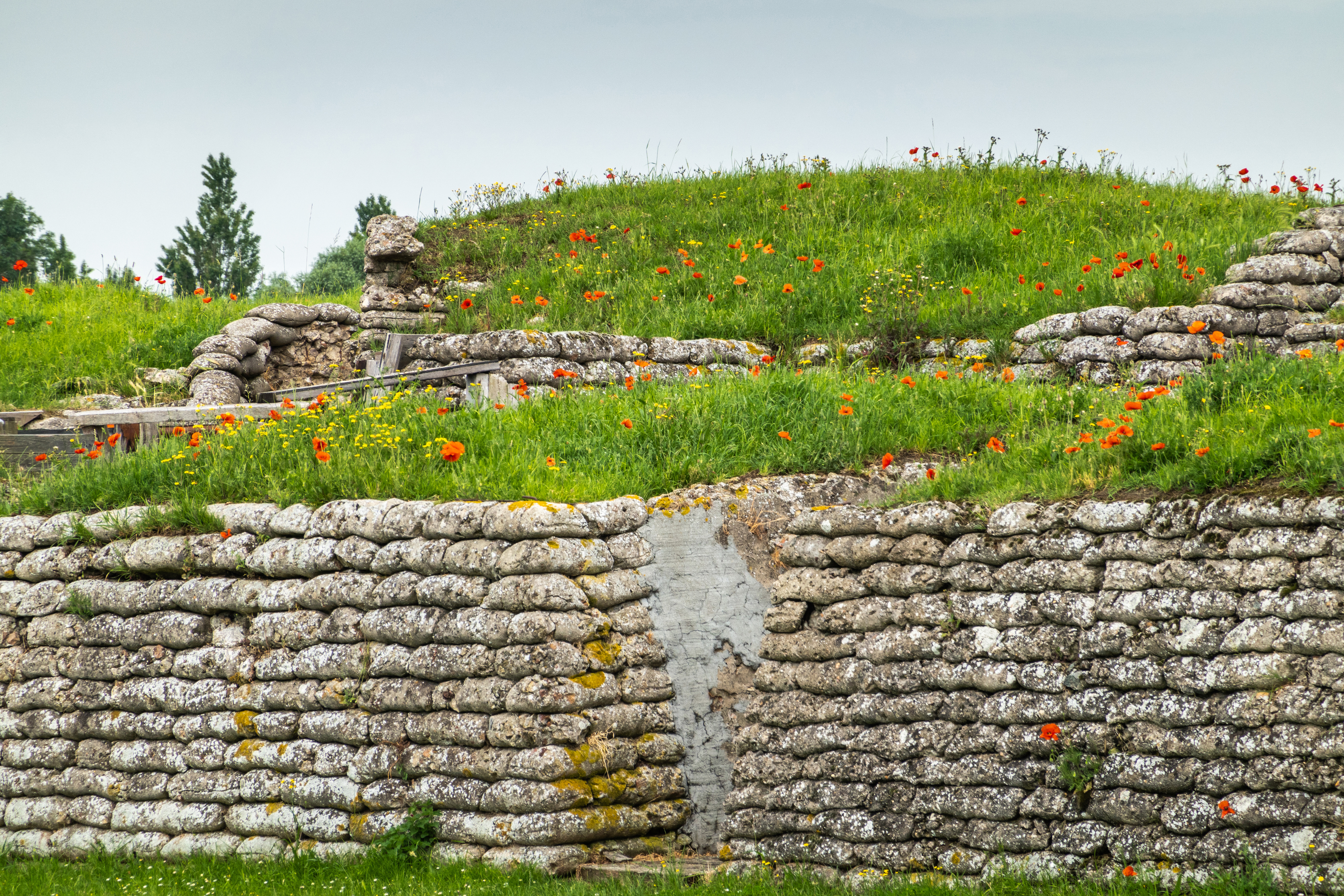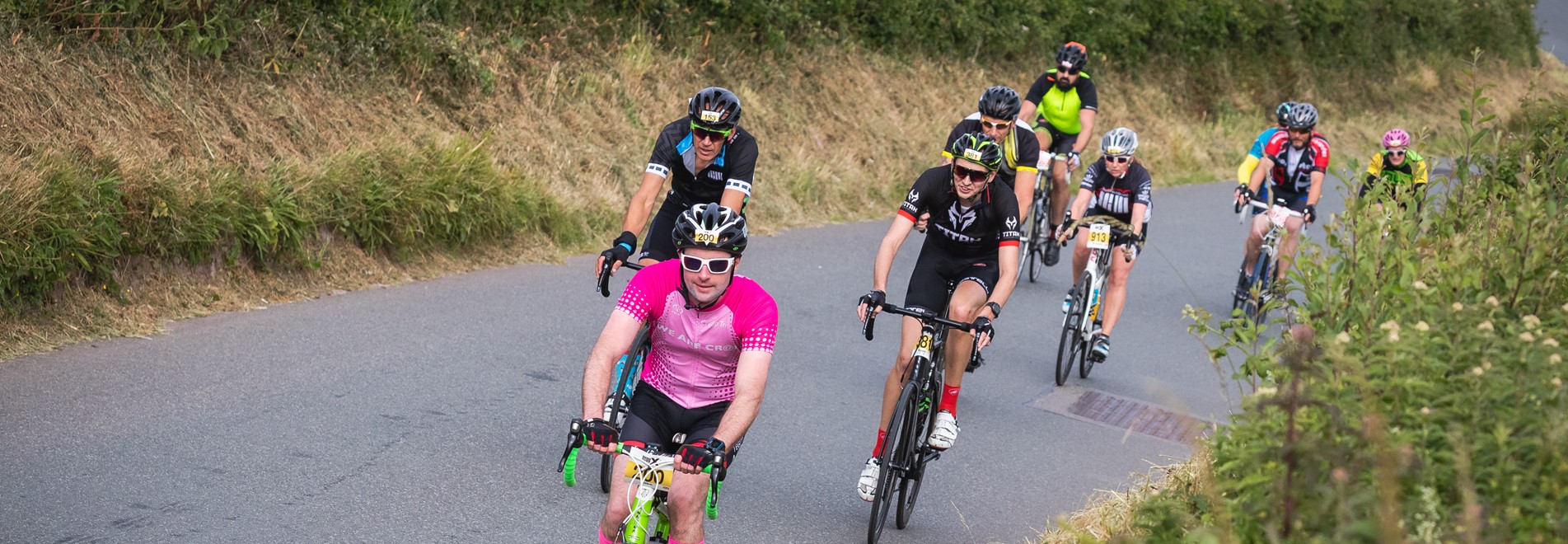Points of interest
1. The trench of Death
The Trench of Death at Dixmude is the last remnant of the Belgian First World War trench system. In 2014 the attached interpretation centre was thoroughly refurbished. The history of the infamous Trench of Death is recalled through fifteen interactive applications, pictures, film footage and over one hundred original objects.

2. Yser Tower
The recently renewed Museum on the Yser focuses on the Belgian-German military confrontation during the First World War as well as on the Flemish Emancipation. From the panorama hall on the roof terrace, 273 feet above the 'Flanders Fields', you have a unique view over the entire area from Nieuwpoort by the coast to Ypres and Ploegsteert. All WW1 sites are clearly signposted.

3. Tyne cot cemetery
Tyne Cot, originally “Tyne Cott.” or “Tyne Cottage”, was a name applied to a farm building which stood near the level crossing on the road from Passchendaele to Broodseinde. Tyne Cot and the surrounding five or six German blockhouses were captured by the 3rd Australian Division on 4 October 1917, in the advance on Passchendaele. From 6 October to the end of March 1918, 343 graves were made, on two sides of it, by the 50th (Northumbrian) and 33rd Divisions, and by two Canadian units. The name Tyne Cot became associated with the cemetery at this time. Tyne Cot was in German hands again from 13 April to 28 September, when it was finally recaptured, with Passchendaele, by the Belgian Army.

4. Menin gate
From October 1914 to October 1918, five major offensives occurred at Ypres (now Ieper) in Belgium. By the time the last shells fell in Ypres in October 1918, nearly 200,000 Commonwealth servicemen had been killed. The Menin Gate bears testament to over 55,000 soldiers whose remains were never found. The new Menin Gate was built in the form of a Roman triumphal arch, designed by Sir Reginald Blomfield. During the inauguration ceremony, in July 1927, the Last Post was played for the first time by buglers from the Somerset Light Infantry. Since 1928, buglers from the Last Post Association have been playing the Last Post in this very spot every night at 8 p.m., regardless of the number of attendants or weather conditions.

5. Ploegsteert Memorial to the Missing
The major site of interest in the area is the Ploegsteert Memorial to the Missing, situated on the N365 north of Ploegsteert village. The location was known as ‘Hyde Park Corner’. The Memorial stands within the Berkshire Cemetery Extension – see more on this cemetery below. The Ploegsteert Memorial to the Missing is a circular structure, supported by pillars, around the outside of which are the panels inscribed with the names of the missing. On the top of the memorial are inscribed the words “Berks Cemetery Extension”.
Two large stone lions flank the memorial, which was designed by H. Charlton Bradshaw, and was opened in 1931. The opening ceremony was attended by large crowds, and pictures published in The Times shows some of them standing on the plinths of the lions to secure a better view.



























